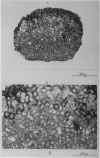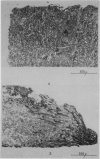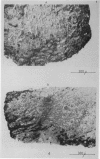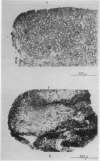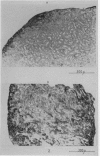Abstract
A technique was developed to study the invasion of cells into mouse kidney cortex in the presence of crude rat liver histone at a medium concentration of 100 μg./ml. A marked increase in the invasiveness of normal cells occurred in the presence of histone. Possible explanations of this phenomenon are discussed. The invasiveness was compared with that of cells previously transformed with polyoma virus.
Full text
PDF
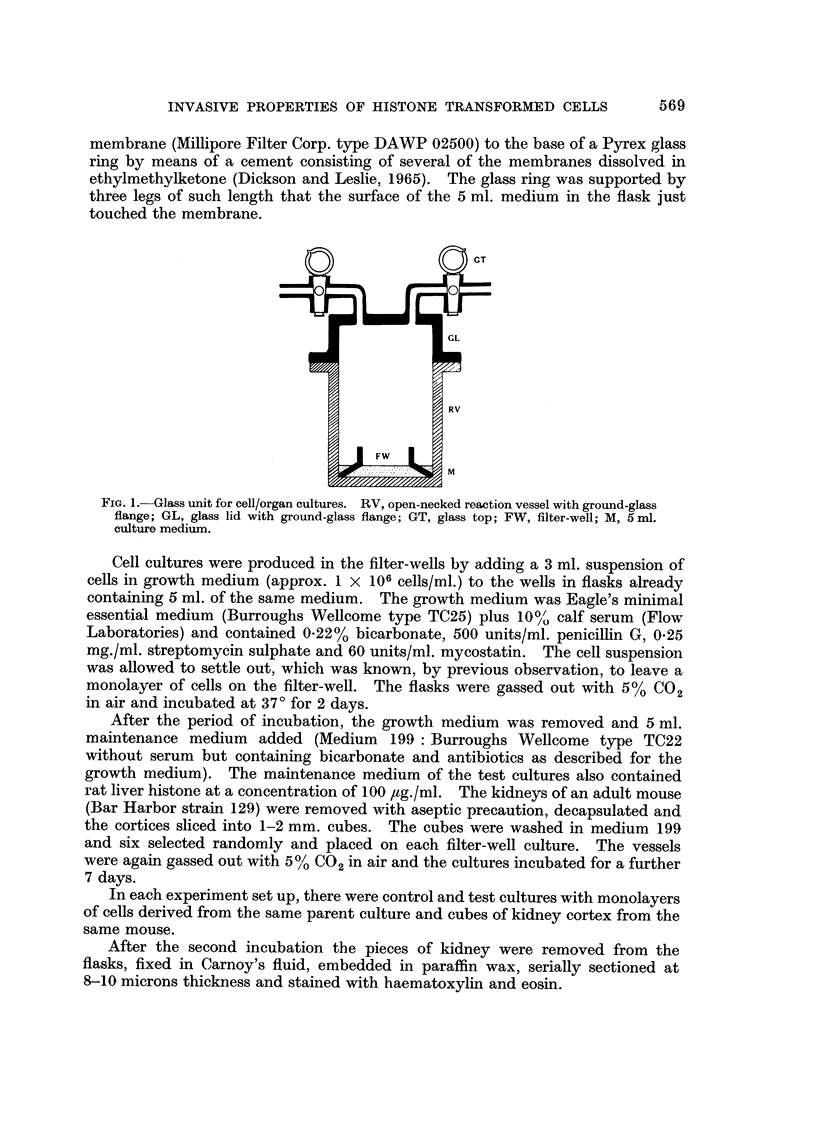
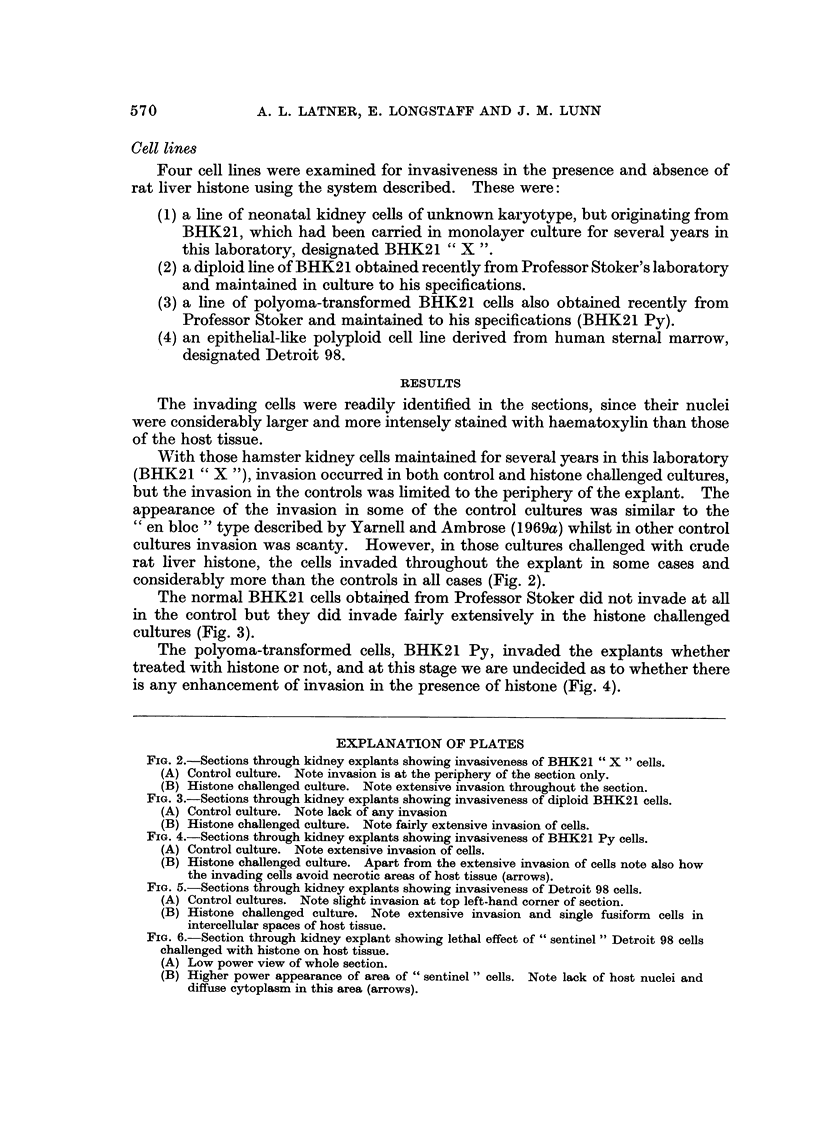

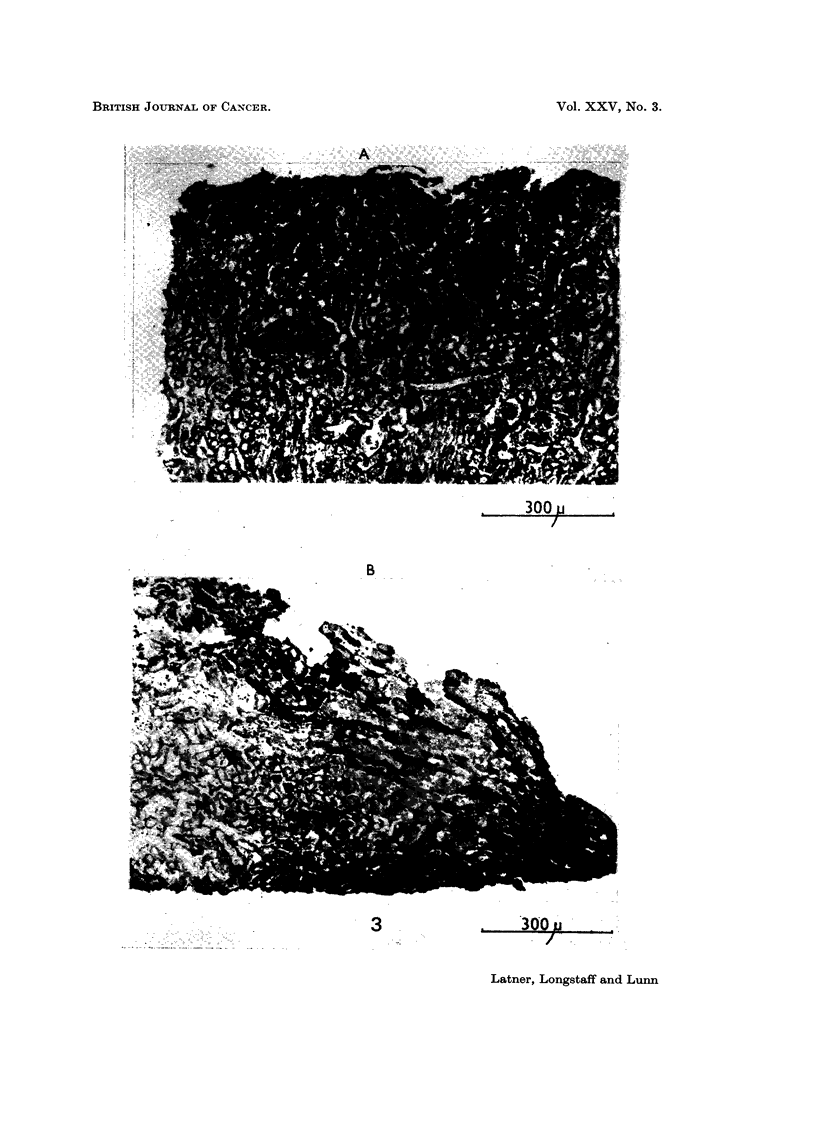
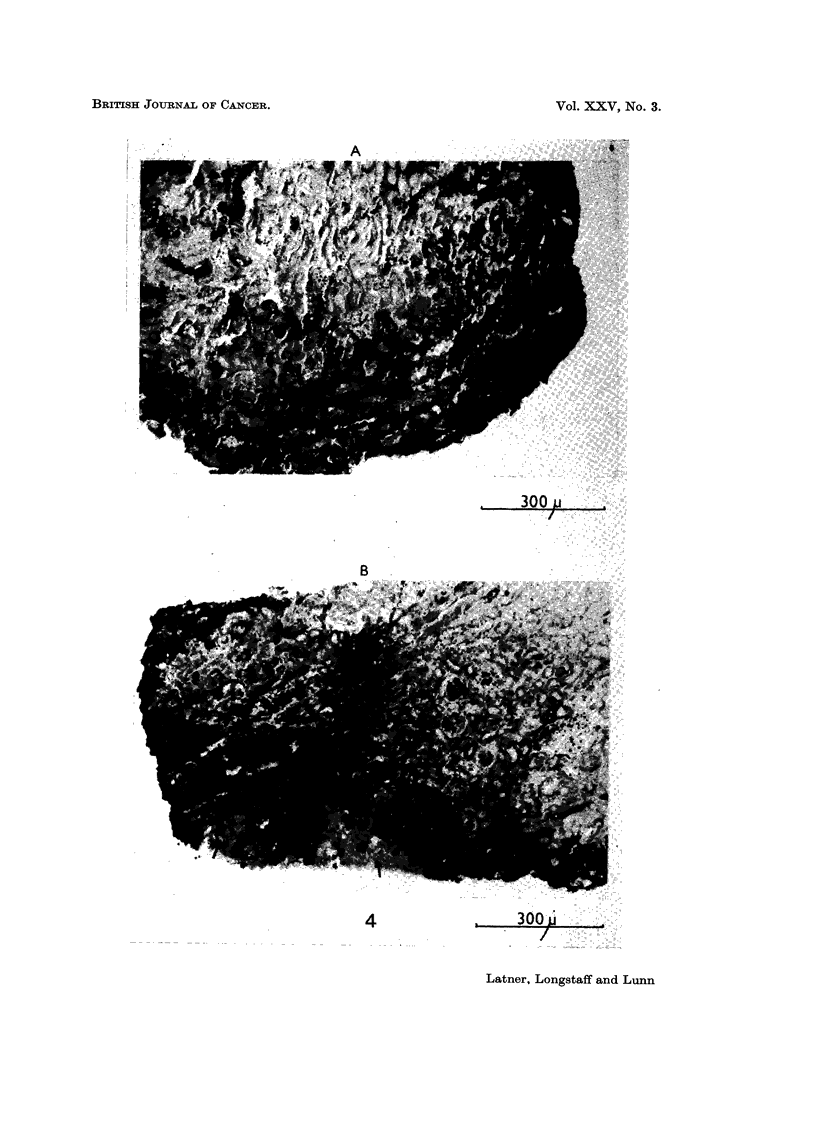
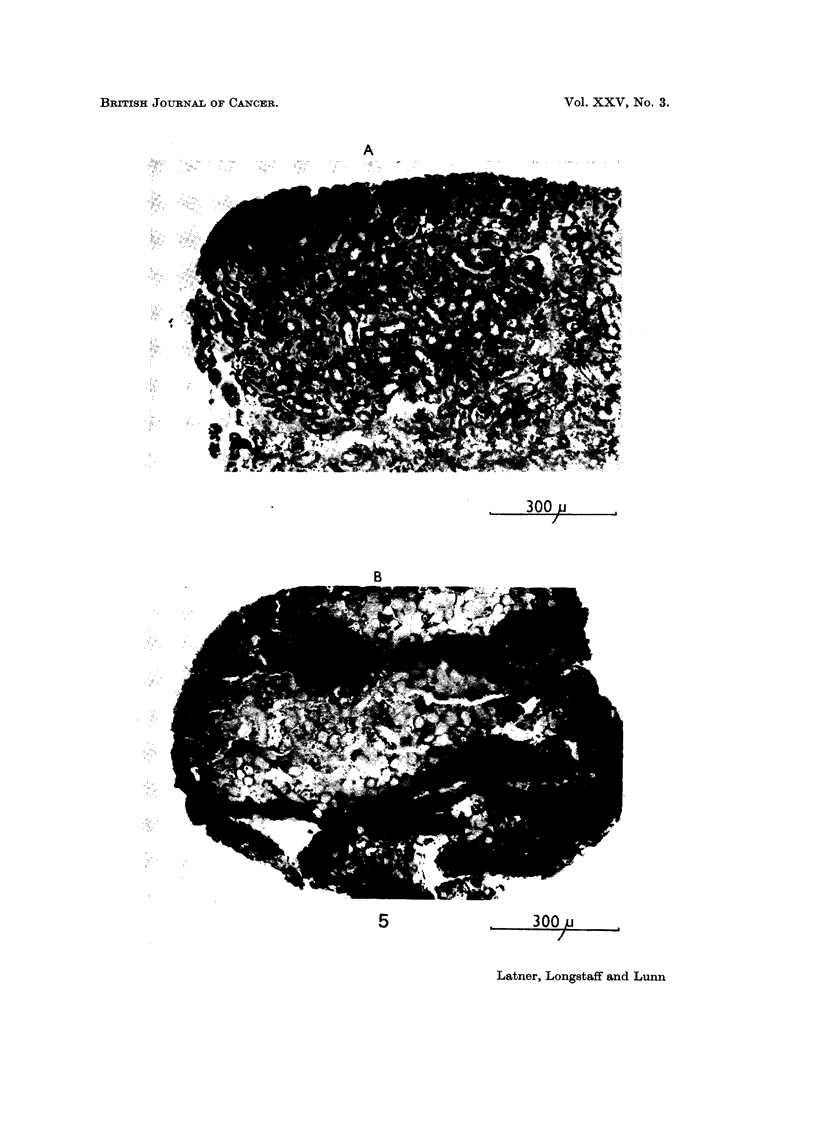
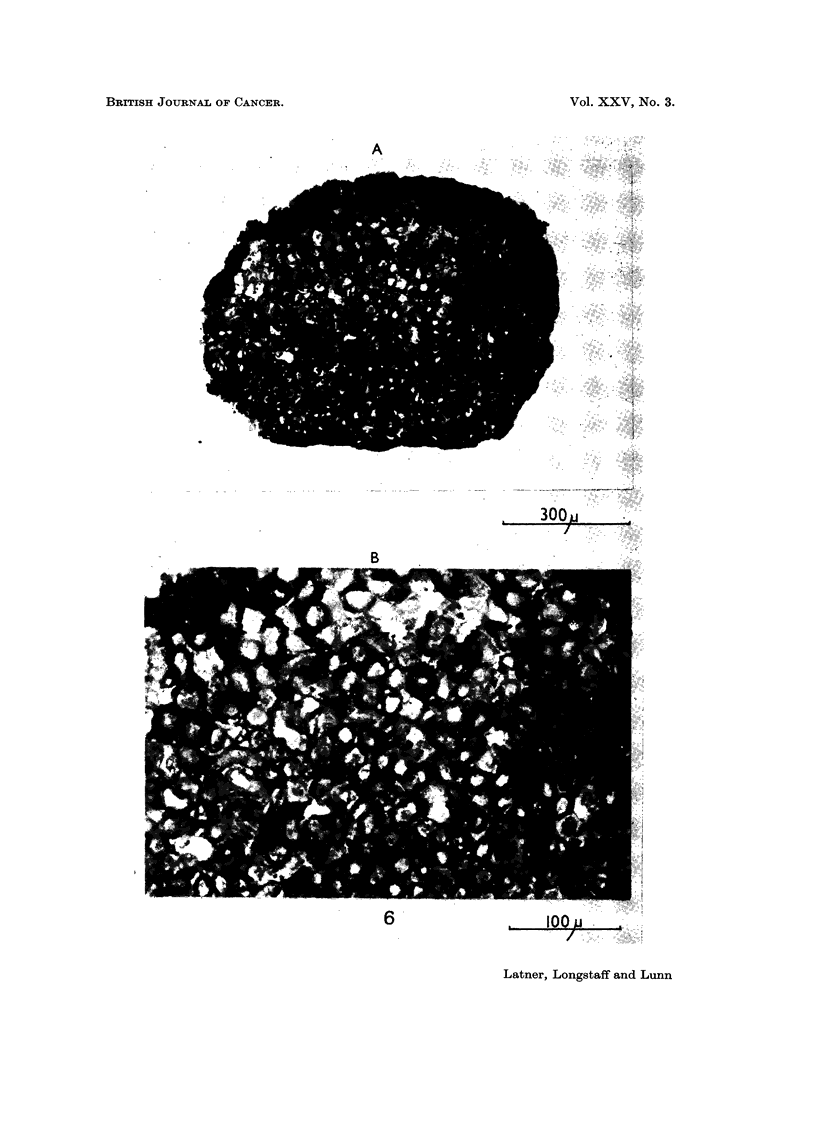
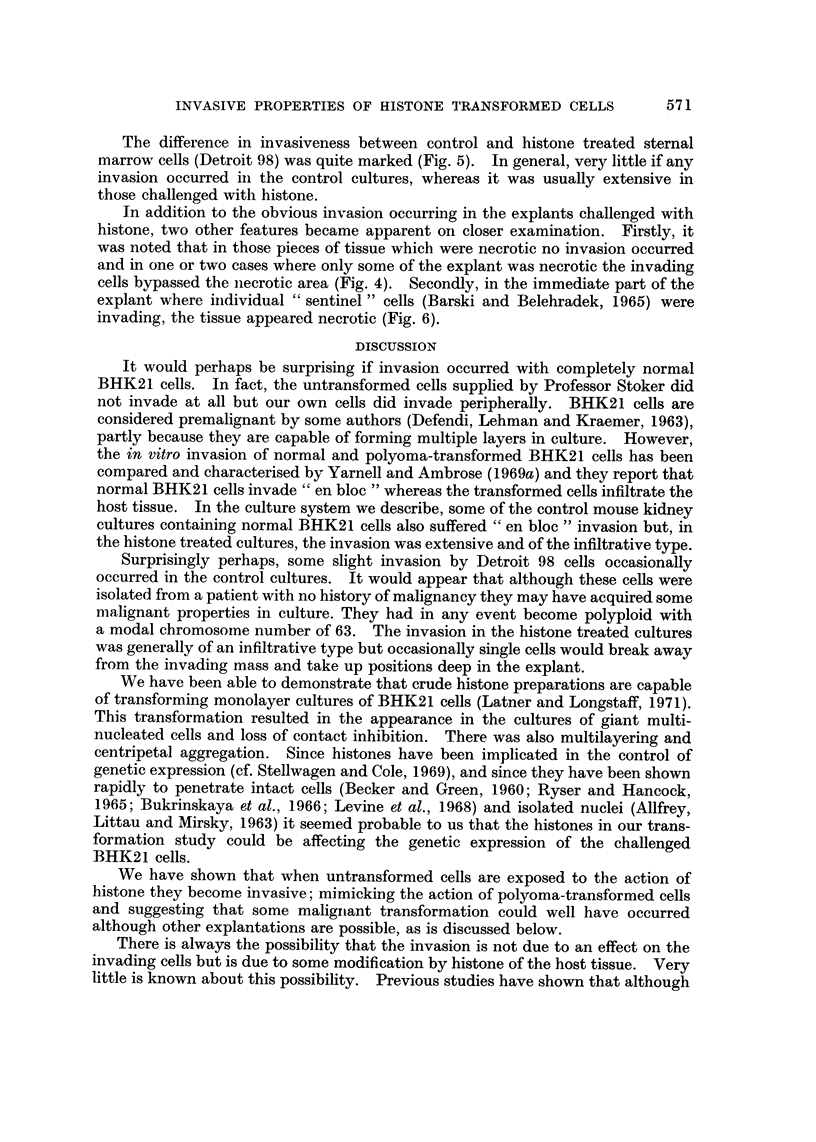

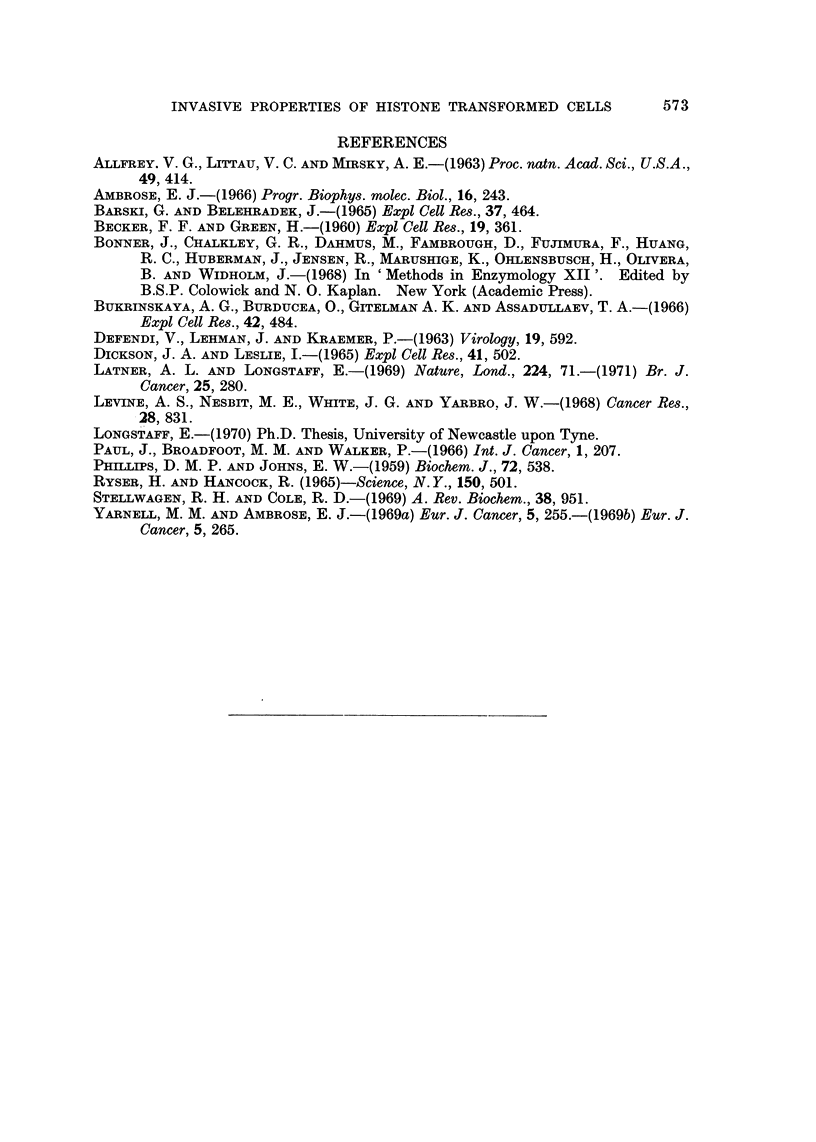
Images in this article
Selected References
These references are in PubMed. This may not be the complete list of references from this article.
- ALLFREY V. G., LITTAU V. C., MIRSKY A. E. On the role of of histones in regulation ribonucleic acid synthesis in the cell nucleus. Proc Natl Acad Sci U S A. 1963 Mar 15;49:414–421. doi: 10.1073/pnas.49.3.414. [DOI] [PMC free article] [PubMed] [Google Scholar]
- BARSKI G., BELEHRADEK J., Jr ETUDE MICROCIN'EMATOGRAPHIQUE DU M'ECANISME D'INVASION CANC'EREUSE EN CULTURES DE TISSU NORMAL ASSOCI'E AUX CELLULES MALIGNES. Exp Cell Res. 1965 Feb;37:464–480. doi: 10.1016/0014-4827(65)90194-1. [DOI] [PubMed] [Google Scholar]
- BECKER F. F., GREEN H. The effects of protamines and histones on the nucleic acids of ascites tumor cells. Exp Cell Res. 1960 Mar;19:361–375. doi: 10.1016/0014-4827(60)90014-8. [DOI] [PubMed] [Google Scholar]
- Bukrinskaya A. G., Burducea O., Gitelman A. K., Assadullaev T. A. Additive effect of histones and actinomycin D on the cellular RNA synthesis. Exp Cell Res. 1966 Jun;42(3):484–489. doi: 10.1016/0014-4827(66)90262-x. [DOI] [PubMed] [Google Scholar]
- DEFENDI V., LEHMAN J., KRAEMER P. "Morphologically normal" hamster cells with malignant properties. Virology. 1963 Apr;19:592–598. doi: 10.1016/0042-6822(63)90058-8. [DOI] [PubMed] [Google Scholar]
- Latner A. L., Longstaff E. Transformation of mammalian cells by crude histones. Br J Cancer. 1971 Jun;25(2):280–283. doi: 10.1038/bjc.1971.35. [DOI] [PMC free article] [PubMed] [Google Scholar]
- Levine A. S., Nesbit M. E., White J. G., Yarbro J. W. Effects of fractionated histones on nucleic acid synthesis in 6C3HED mouse ascites tumor cells and in normal spleen cells. Cancer Res. 1968 May;28(5):831–844. [PubMed] [Google Scholar]
- PHILLIPS D. M., JOHNS E. W. A study of the proteinase content and the chromatography of thymus histones. Biochem J. 1959 Jul;72:538–544. doi: 10.1042/bj0720538. [DOI] [PMC free article] [PubMed] [Google Scholar]
- Ryser H. J., Hancock R. Histones and basic polyamino acids stimulate the uptake of albumin by tumor cells in culture. Science. 1965 Oct 22;150(3695):501–503. doi: 10.1126/science.150.3695.501. [DOI] [PubMed] [Google Scholar]
- Stellwagen R. H., Cole R. D. Chromosomal proteins. Annu Rev Biochem. 1969;38:951–990. doi: 10.1146/annurev.bi.38.070169.004511. [DOI] [PubMed] [Google Scholar]
- Yarnell M. M., Ambrose E. J. Studies of tumour invasion in organ culture. I. Effects of basic polymers and dyes on invasion and dissemination. Eur J Cancer. 1969 Jun;5(3):255–263. doi: 10.1016/0014-2964(69)90075-9. [DOI] [PubMed] [Google Scholar]



